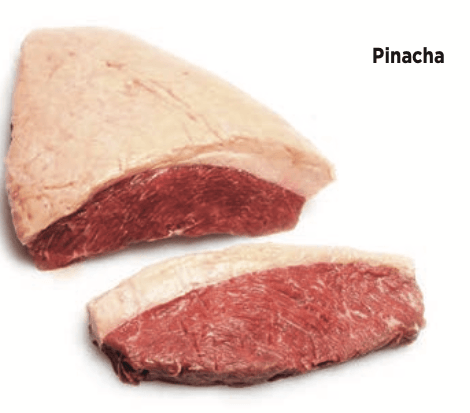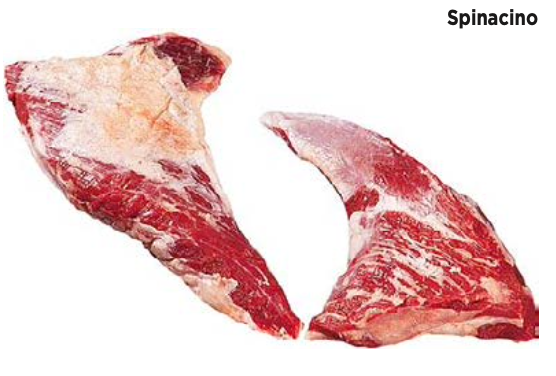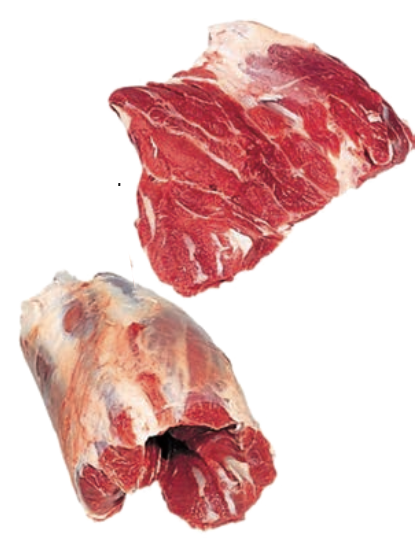Meat Catalog
wot
It has a bone anatomical basis
the femur along its entire length and the patella in the distal position. It is a very valuable part, it lends itself to being used in various cooking, such as boiled, braised, stewed, cacciatore.
You can also make excellent steaks and slices. The main cooking must be done in a saucepan, with plenty of liquid, preferably wine or beer.













